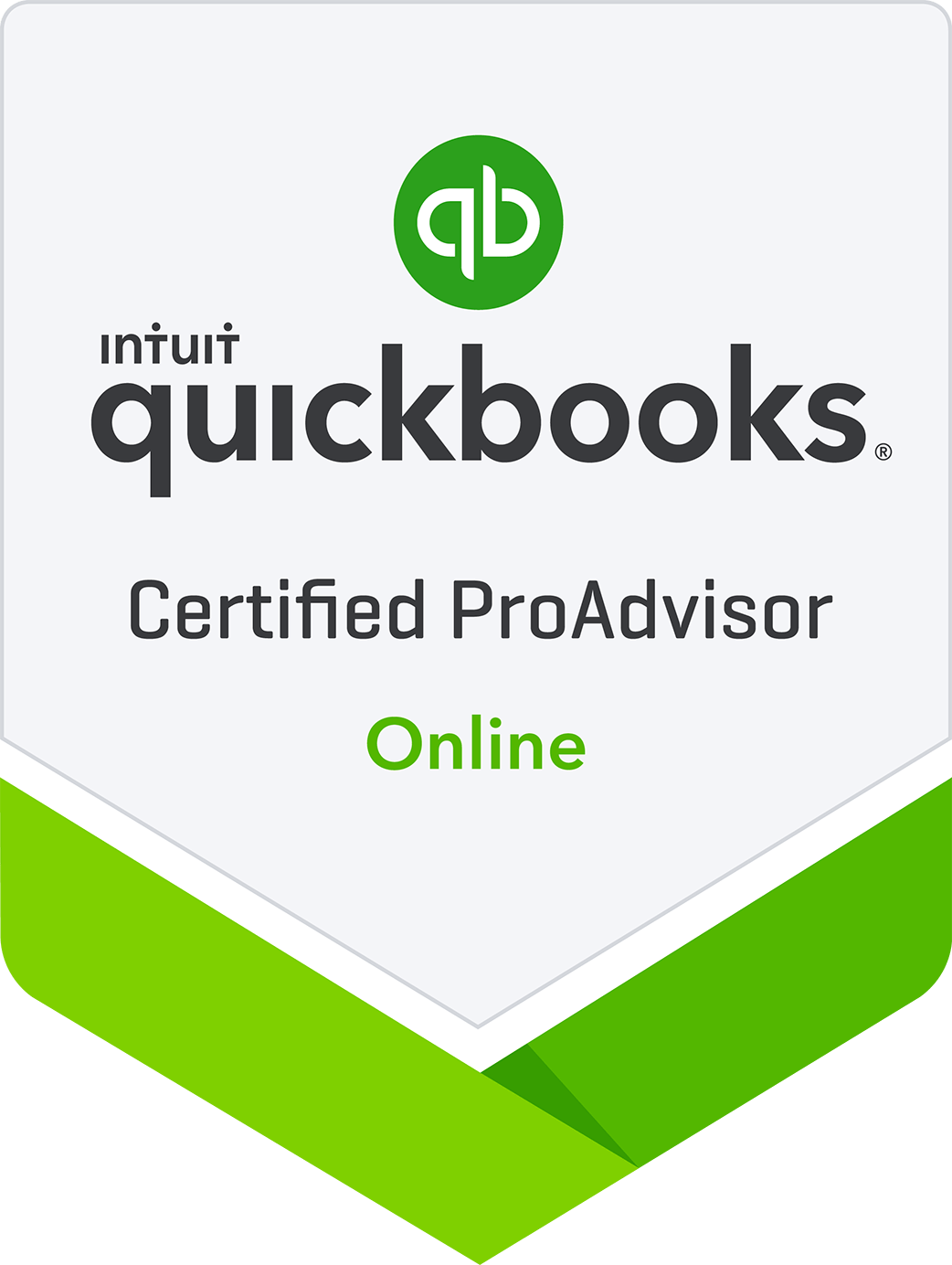Regardless of the type of relationship—personal, professional, or even acquaintance—communication is key. Specifically, if you want to have a healthy relationship with any individual, then it’s important to communicate clearly and fully.
Communication is particularly necessary when it comes to customers and building a successful business. It’s even more important this year since many businesses have gone through so many changes. We’ve put together this article to not only detail the importance of customer communication, but also to provide some tips to help you achieve better customer communication.
Are You Communicating Properly?
Effective communication helps to ensure your product or service meets the customer’s needs and satisfaction. By meeting these needs and satisfaction, you are (hopefully) guaranteeing repeat business. Start by figuring out what your customers are thinking and what questions they might have about your business.
Congratulate yourself if you’ve sent emails or posted notices on your website that answer the following questions:
- Have your hours changed?
- Has your location changed?
- Can you handle drop-in service?
- If so, is there a protocol? For example, do customers call a number when they get to your locked door? Will you be taking their temperature? Is a mask required?
- Is your business by appointment only?
- Then, how do customers make an appointment?
- Do you require a covid-19 test before an appointment can be made?
- Are there special accommodations for at-risk groups?
- Has your contact information changed? With people working at home, phone numbers may have changed.
- Have your services changed?
- Do you deliver?
- Do you offer curbside pick-up?
If any of this hasn’t been clear in the last year, it could be part of a reason why business dropped off. To get it back, communicate, communicate, communicate!
And this is just pandemic-related. You may have launched new products or services, changed prices, added staff, and implemented many more actions that customers should know about.
Tips on Effective Communicating
Here are some foundational reminders about communicating in business.
Connection
Communication starts with a connection. In order to give the customer what they want, you have to connect with them. If you are able to connect on a personal level, even better. Regardless, you need to convey to the customers that they—as well as their wants and needs—are important.
Listen
Listen to your customer—and listen well. Depending on the customer’s communication, you may have to ask very specific questions in order to get them to reveal what they want or need. However, intently listening to your customers will allow you to form a better relationship with them.
Not only that, but you can get some great ideas for how to improve or create new products and services so that you fulfill even more of your customers’ wants and needs.
Understand
Now that you’re connecting and listening to you customer, make sure you understand them. If you don’t understand what they’re saying, ask them to clarify. This isn’t a guessing game, but a two-sided relationship. In order to give the customer what they want or need, you have to understand what it is they are asking for.
Transparency
Be completely transparent with your customer. You cannot earn a customer’s trust or loyalty—or repeat business—if you aren’t one hundred percent honest with them. Tell the customer exactly what you are able to do for them; don’t promise something you can’t deliver.
Deliver
Make sure you can—and do—deliver exactly what your customer is expecting from you. If you promise to deliver something, whether it’s a service, product, or result, then you need to keep your word. In doing so, you will be laying the brickwork for a successful, long-term relationship.
Communication is one of—if not—the most important skill to have when it comes to pleasing your customers. After all, happy customers will come back.



 Want a free consultation with us? Give us a call or send us an email to claim your complimentary consulting session.
Want a free consultation with us? Give us a call or send us an email to claim your complimentary consulting session.




